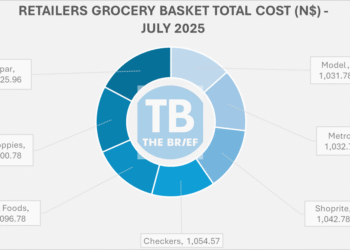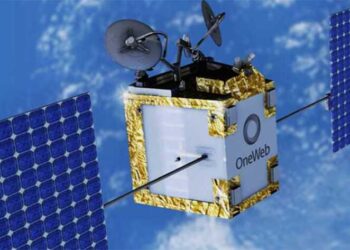
Mineral exploration activities in Namibia are complex and dynamic, involving the engagement of multiple stakeholders and communities. Effective stakeholder and community engagement is crucial for the success of any mineral exploration project.
This article explores key aspects of stakeholder and community engagement in mineral exploration and how they can be applied to ensure project success.Â
Identification of Stakeholders and Communities
The initial step in any mineral exploration project is identifying the stakeholders and communities affected or interested in the project. These may include landowners, ministries, local authorities, regulators, and others. It is important to understand their needs, expectations, interests, and concerns and how they relate to the project objectives and impacts. Tools such as stakeholder mapping, analysis, and profiling can assist in this process.
Establishment of Trust and Liaison
Building trust is paramount in stakeholder and community engagement. Transparency, respect, honesty, and responsiveness are essential in communications and interactions with stakeholders. Valuing their input and feedback, addressing their concerns, and demonstrating a commitment to operate in a socially and environmentally responsible manner, while adhering to relevant laws, standards, and best practices, are crucial elements of establishing trust.
Manage Expectations and Risks
Managing expectations and risks requires being realistic, clear, and consistent in communicating what can be delivered and what cannot. It is important to address uncertainties and challenges proactively. Communication of the project scope, timeline, budget, and potential outcomes, including how they may evolve over time, is essential. Identifying, assessing, and mitigating potential social, environmental, technical, and financial risks should be done, and establishing mechanisms to monitor and report on these risks, such as risk registers, matrices, and plans.Â
Comprise and Empower
Providing opportunities and platforms for stakeholders to participate, contribute, and influence project decisions and actions is vital. Continuous consultation and collaboration with stakeholders throughout the project cycle, from planning to closure, is necessary. Seeking their input and feedback on key aspects of the project, supporting their capacity building, empowerment, and development, and respecting their rights, values, and culture are important considerations. Establishing forums and committees to involve and empower stakeholders and communities is recommended.
Resolve Conflicts and Disputes
Addressing conflicts and differences that may arise among stakeholders and communities in the mineral exploration project is crucial. Proactive, constructive, and respectful approaches should be taken when dealing with incongruities or objections. Acknowledging and addressing the sources and causes of conflicts and striving to find mutually acceptable and beneficial solutions are important. Following relevant policies, procedures, and mechanisms for conflict resolution, and documenting and communicating the outcomes and actions taken are essential. Mediation, negotiation, arbitration, and dialogue can be effective methods for resolving conflicts and disputes.
Evaluate and Improve
Evaluating the effectiveness, efficiency, and impact of stakeholder and community engagement is vital. Collecting and analyzing data and feedback from various sources and methods, such as surveys, interviews, and reports, helps in assessing engagement outcomes. Identifying strengths, weaknesses, opportunities, and challenges in the engagement process and implementing actions to improve them are necessary. Exploration project leads can utilize logic models, indicators, and benchmarks to evaluate and enhance stakeholder engagement.
*Silas David: Stakeholder Project Lead
Â
Â
Â











